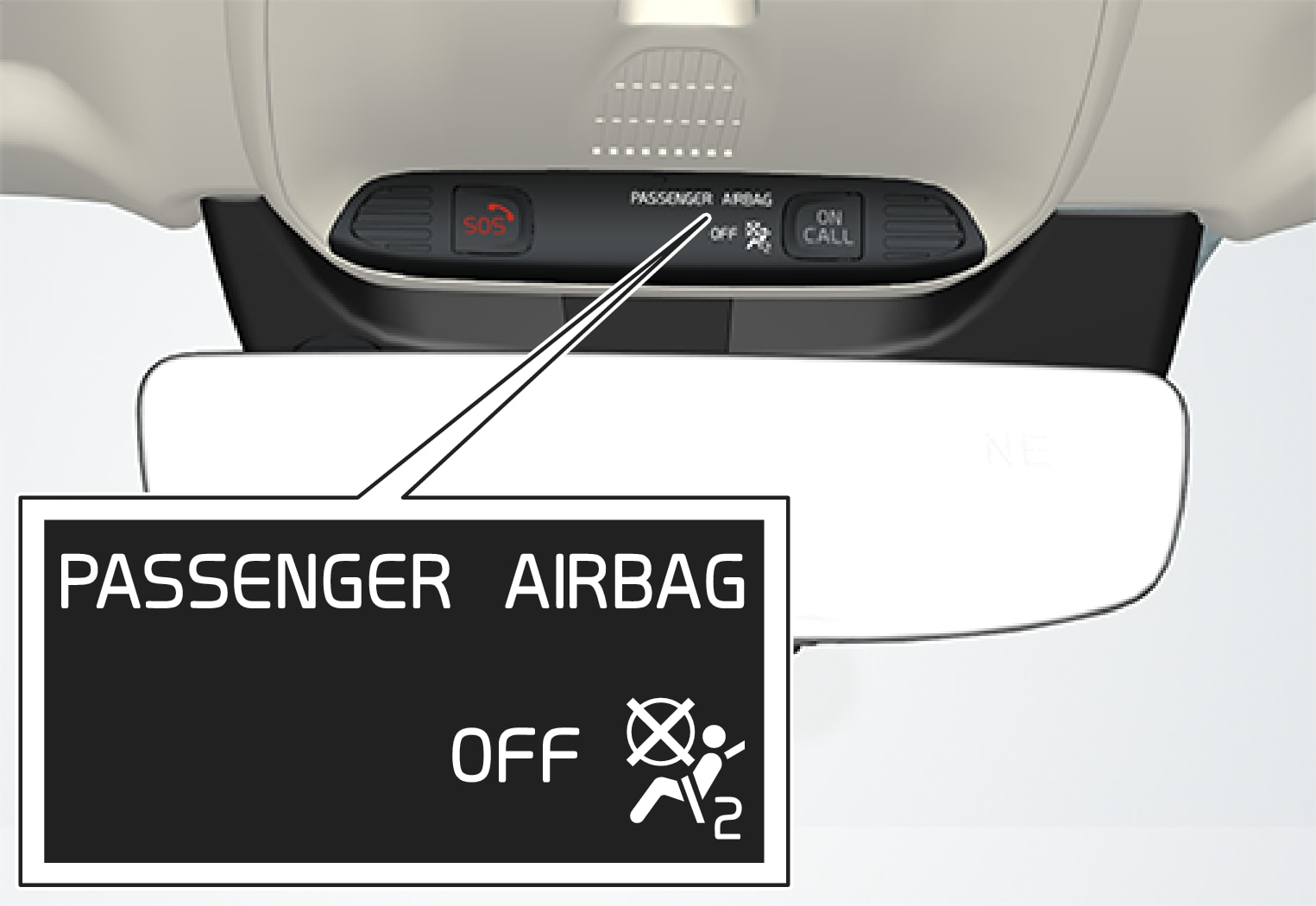
Occupant Classification System Child safety Safety XC40 2023 Volvo Support
The occupant classification system is used to classify an occupant type into an adult, a child, a child seat, or an object. The inputs are depth images from a time-of-flight based depth camera.
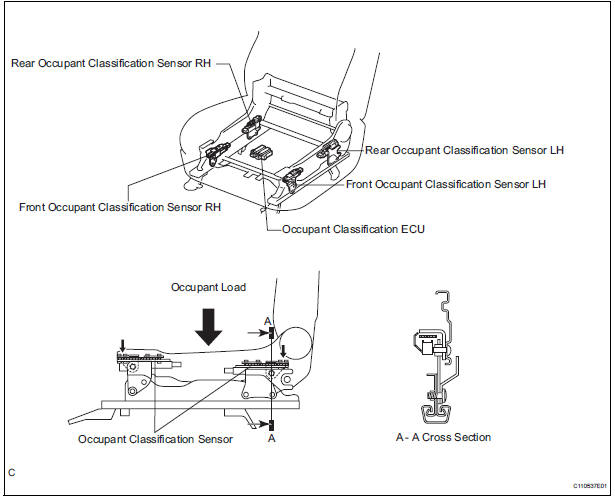
Toyota Sienna Service Manual System description Occupant classification system Supplemental
receives and monitors inputs from the occupant classification system module (OCSM), battery energy control module B (BECMB) and various other hard-wired switches and sensors. If the RCM detects a sudden vehicle deceleration and/or lateral deceleration based on the information received from the various sensors, and determines that deployment is

Occupant Classification System Vehicle List DocsLib
The Occupant Classification System (OCS) is designed to classify the size of the front seat passenger and automatically turn OFF the passenger air bag under some conditions. Section 1 of the owner's manual has a detailed description of how the occupant classification system is

Patent US8818637 Occupant classification system Google Patents
SERVICING OCCUPANT CLASSIFICATION SYSTEMS The left screen capture shows diagnostic trouble code B1BBC - OCS Negative System Weight from a passenger air bag system. The scan data in the right screen capture verifies the current fault condition; the RF PSWS-2 sensor shows 24kg. The diagnostic process should begin with a visual inspection of the.

Occupancy Classifications in NFPA 101®, Life Safety Code® YouTube
Seats now may have an occupant classification system (OCS), airbags, haptic feedback (vibrating seats), or heated and cooled seats. These systems typically go beyond simple switches and relays and rely on control modules and computers to make them function. OCS have been an integral part of supplemental restraints systems (SRS) since the early.

Occupant Classification System Child safety Safety XC40 2023 Volvo Support

(PDF) An LVQbased Automotive Occupant Classification System
Occupant Classification System 141 Figure 9 shows the role of the Coherence Parameter in the occupant classification. Again, an equal number of cells are activated in both cases. In the left profile the cells are forming a coherent area, while they are distributed in a discontinuous manner in the right (non-human) profile.
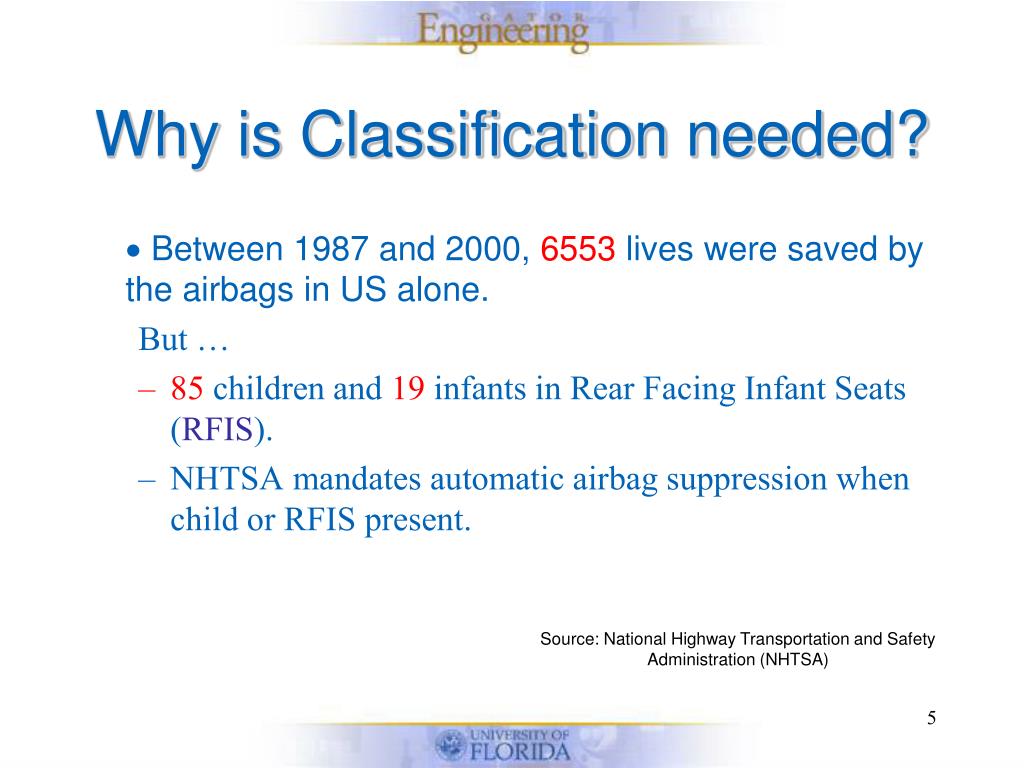
PPT Occupant Classification System for Automotive Airbag Suppression PowerPoint Presentation
Occupant Classification Sensors airbags supplemental restraint systems. Occupant classification sensors (OCS) are a relatively new addition to vehicle safety systems. They all provide the same function but do not all operate the same. Because of the design and the way they perform their jobs, each manufacturer has a different set of repair.
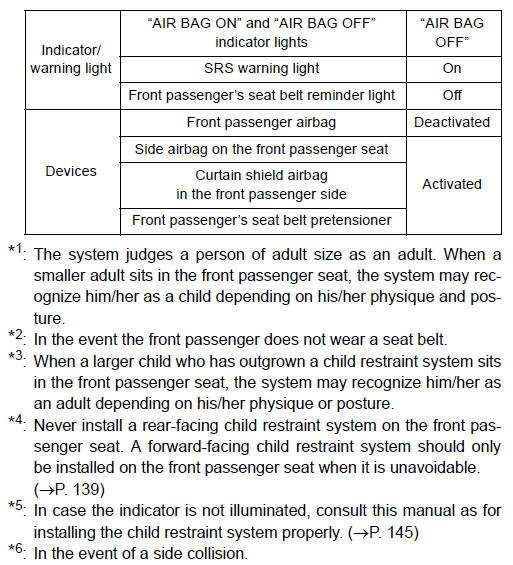
Toyota Venza Front passenger occupant classification system Safety information Owners Manual
The Occupant Classification System (OCS) is designed to classify the weight of the front seat passenger and automatically turn OFF the front passenger air bag under certain conditions. The following article is intended to help clarify OCS function that pertains to the diagnosis and evaluation of the 2-sensor Occupant Classification System (OCS.

OCS Occupant Classification System YouTube
The need for a Toyota Occupant Classification System calibration will vary based on the vehicle being repaired, Eric Mendoza of Toyota collision operations told the SCRS OEM Collision Repair Techno…

PPT Chapter 2 PowerPoint Presentation, free download ID1252476
Integrated foam sensor multi-zone (IFS-M) is an occupant classification system designed to fulfill "FULL" suppression (i.e. 1YO/3YO/6YO suppression). IFS and IFS-M are integrated beneath the seat foam making both systems robust against misuse and liquids as well as providing a high level of durability. Play movie
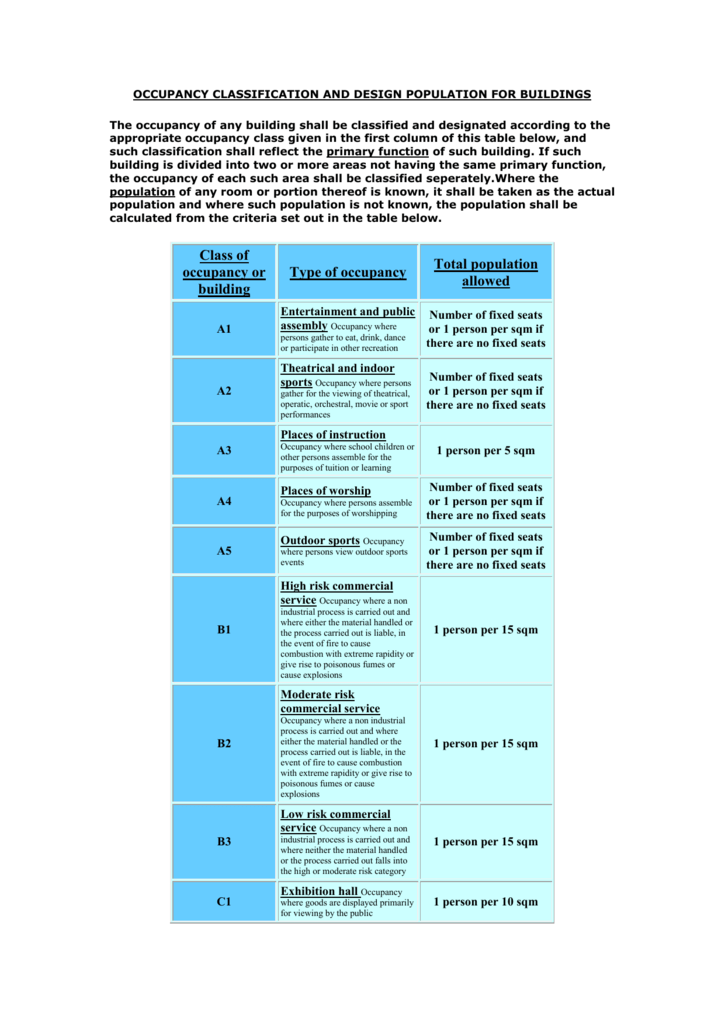
occupancy classification and design population for buildings
As occupant injuries induced by airbag deployment became a critical issue, revisions to FMVSS 208 were made to mandate the adoption of advanced airbag which can protect occupants of varying statures. As a result, OCS (Occupant Classification System) has become an important part of advanced airbag te
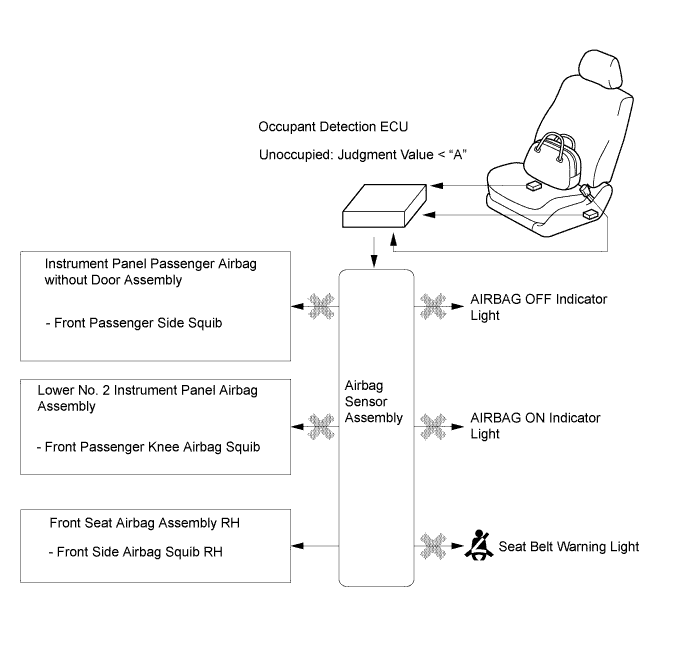
OCCUPANT CLASSIFICATION SYSTEM
Our Occupant Classification (OC) sensor system is based on analysis of the seat occupancy pressure profile, which discerns human like from human unlike profiles. If the occupancy is identified as a person, an allocation into one of four morphologic ranges is made. Accordingly, children, light adults, heavy children, medium adults, heavy adults.